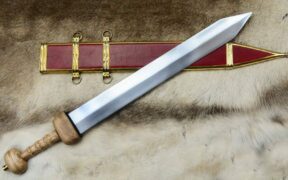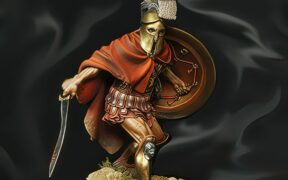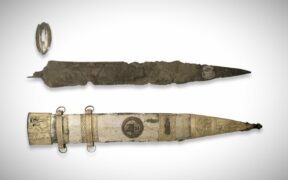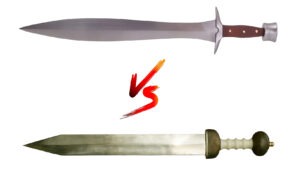History and Cultural Significance of the Gladius Sword
NO AI USED This Article has been written and edited by our team with no help of the AI
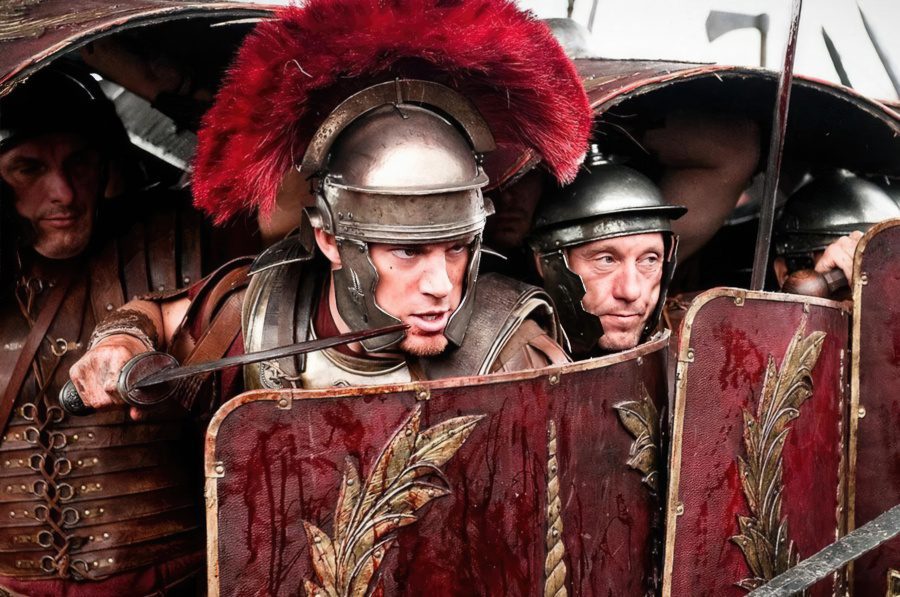
The Roman legions, renowned as one of the most formidable military forces of the ancient world, wielded the short sword gladius. Valued for its effectiveness in close-quarters combat, the gladius evolved throughout the Republican and Imperial periods of Rome. Interestingly, the Romans adopted the short sword from their enemies and utilized it in building an empire.
Let’s explore the history and development of the gladius, its role in Roman warfare, and why it became the favored weapon of Roman soldiers.
The Spanish Origins of the Gladius
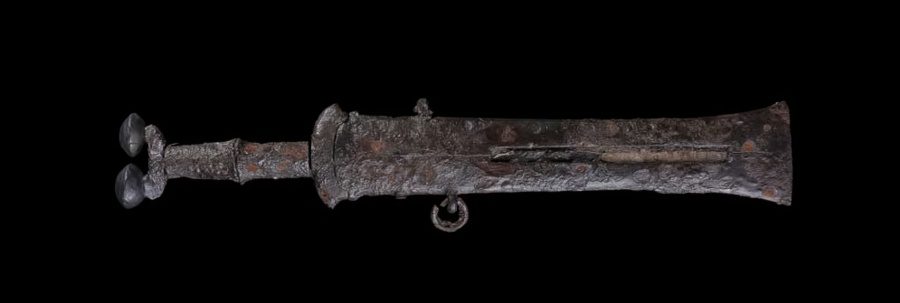
The Romans believed that their short sword had its origins in Iberia, a region encompassing modern-day Portugal and Spain. Consequently, the term gladius Hispaniensis reflects its Spanish heritage. The design of the Roman short sword was likely inspired by Celtiberian antenna swords and the Castilian La Tène sword.
According to the Suda, a Byzantine encyclopedia, “the Romans abandoned their ancestral swords after the [war] against Hannibal, and adopted those of the Iberians”. M.C. Bishop, an archaeologist and authority on Ancient Roman arms and armor, discusses in detail that the term ancestral swords likely refers to the Greek xiphos, a weapon retained from the earlier hoplite-style arsenal.
However, experts argue that labeling the gladius as ‘Spanish’ is inaccurate because the Celtiberian warriors, whose weapons are thought to be early prototypes of the gladius, were actually part of the broader Celtic cultural and technological traditions of central and western Europe. Additionally, double-edged short swords with long points had a long history even before the Romans came to Spain.
The Republican Period: Gladius Hispaniensis
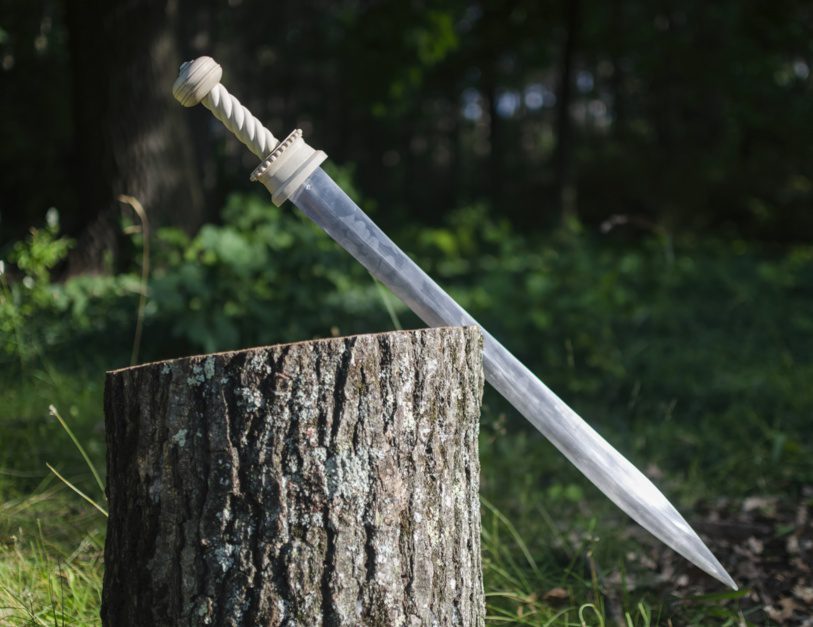
Rome functioned as a republican government from 509 B.C.E. to 27 B.C.E. and employed the gladius Hispaniensis in combat. M.C. Bishop noted that, by modern standards, the short sword might have seemed unusually large. He suggests in his work that “the use of the early gladius Hispaniensis by both infantry and cavalry indicates the need for a longer sword.”.
According to the Greek historian Polybius, the sword’s effectiveness as a thrusting weapon was crucial. In his work Histories, Polybius observes that “the Romans, having excellent points to their swords, used them not to cut but to thrust. Thus, repeatedly hitting the breasts and faces of the enemy” (2.33.6).
The gladius hispaniensis was also utilized for both slashing and thrusting. Polybius describes the Roman fighting technique, noting that a Roman soldier “uses his sword both for cutting and thrusting” (18.30.6–8). Dionysius of Halicarnassus also described a crouched fighting style among the infantry, possibly due to the long blade of the gladius Hispaniensis.
The Early Imperial Period: Mainz-Type Gladius
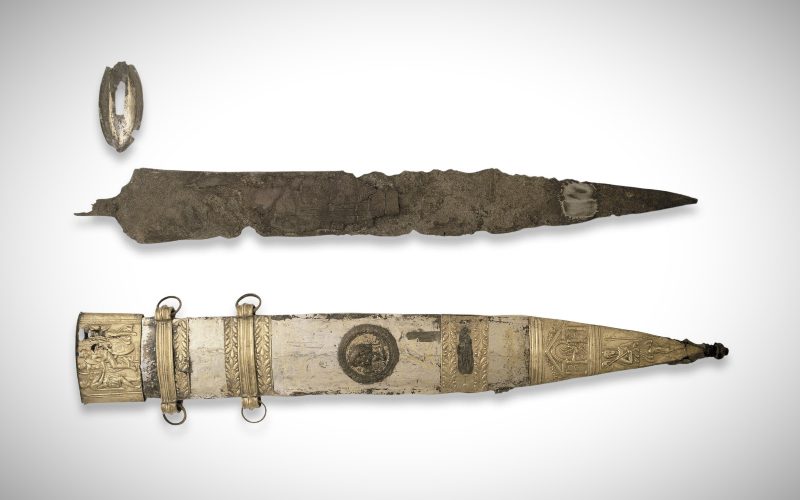
Roman swords from the Early Imperial period (27 B.C.E – 96 C.E.) are classified as Mainz-type gladii, named after examples recovered from the legionary fortress at Mogontiacum in Mainz, Germany.
Although similar in form and proportions to their predecessors, these swords feature shorter blades. Experts believe the reduced blade size was designed to decrease the weight of the earlier, larger swords.
Others suggest that the change in the gladius indicates a shift in Roman infantry tactics. The new, shorter gladius remained effective for chopping when needed but was better suited for close combat focused on stabbing. Its shorter blade may also imply a more upright fighting stance for infantrymen.
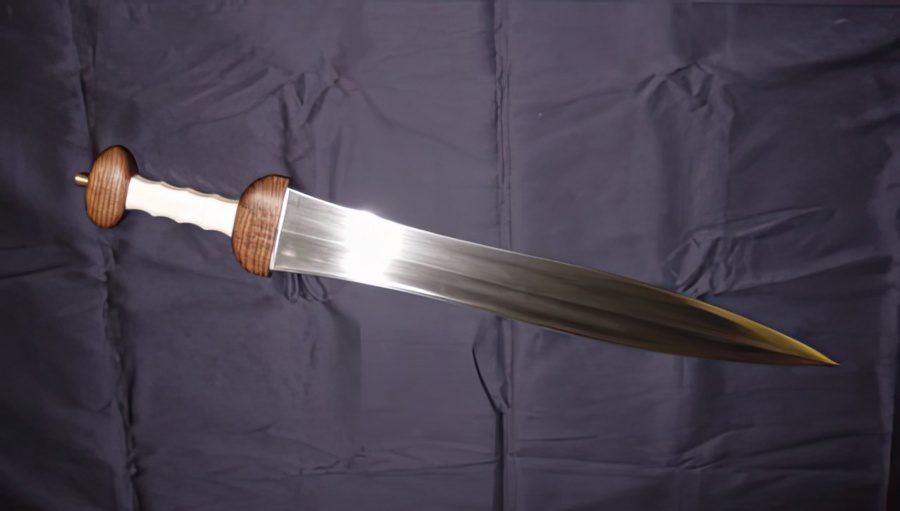
Both legionaries and auxiliary infantrymen used the Mainz-type gladius. However, cavalrymen, who required a longer reach, found the shorter gladius less practical and thus adopted the spatha, the Roman long sword.
The High Imperial Period: Pompeii-Type Gladius
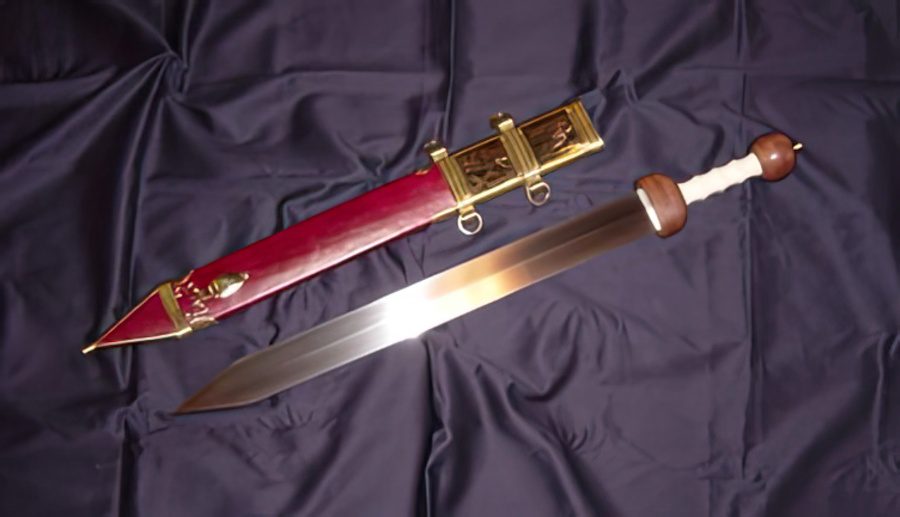
The development of the Pompeii-type gladius during the High Imperial period (96 C.E. – 192 C.E.) focused on creating a sword optimized for thrusting while still capable of chopping. Smaller than the Mainz-type gladius, the Pompeii-type features a parallel-edged blade and a short point, resembling a shorter version of the spatha.
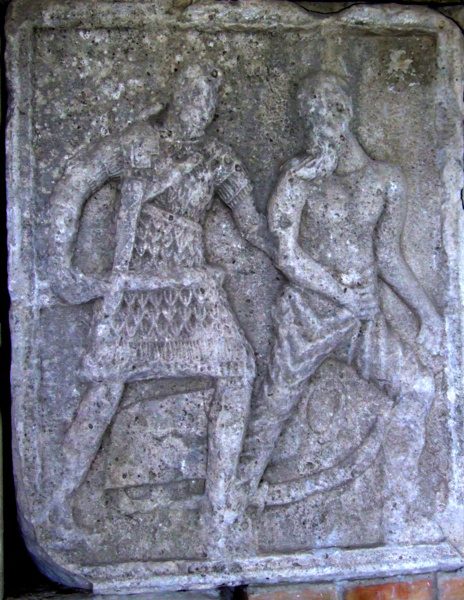
The use of the short sword is illustrated by the Roman Army’s reliefs on the Tropaeum Traiani (Trophy of Trajan) at Adamclisi, Romania, which depict Roman soldiers using their swords for thrusting, chopping, and stabbing, similar to a dagger. Contrary to debates about cut versus thrust, these reliefs show that the Roman Army used whatever technique was most effective on the battlefield.
Did the Gladius Play a Role in Gladiatorial Combat?
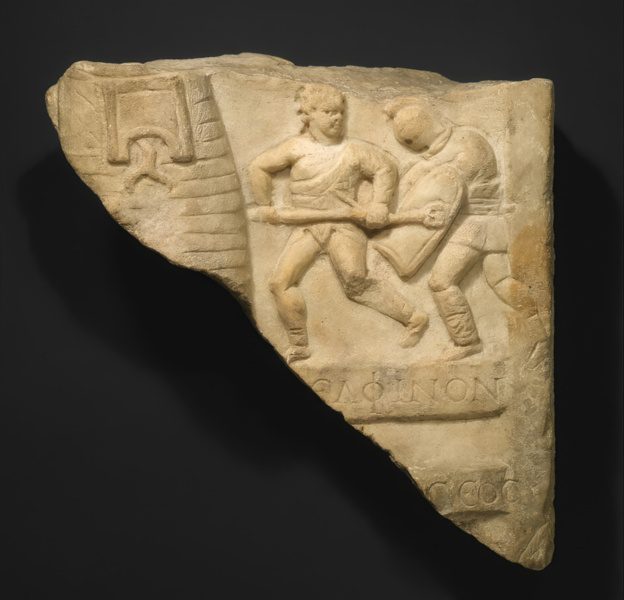
Gladiatorial combat was originally performed at Etruscan funerals but soon evolved into a well-organized blood sport played in arenas. Roman gladiators, who were slaves, prisoners, or volunteers, fought for entertainment. Slaves could earn their freedom through repeated victories, while volunteers gained social prestige.
Although the gladius is linked with gladiators, only a few actually fought using the short sword. In fact, gladiators were categorized into various classes based on their weapons and fighting styles. The dimachaeri (two-knife men) fought with a short sword in each hand. Others used a variety of weapons, including dagger-like scythes, nets and tridents, and some even fought on horseback or from chariots.
The Pompeii-type gladius was named after examples found around Pompeii. Although some were discovered in gladiatorial barracks, M.C. Bishop suggested that the site might have served a military role during the town’s crisis. Additionally, the scabbard’s iconography aligns with that of other military swords, indicating that these gladii were primarily for military use.
Why did the Roman Gladius Fall Out of Favor?

For over three centuries, the gladius short sword was the primary weapon of Roman legionaries and auxiliary infantry. By the 2nd century CE, it was replaced by the spatha, a longer sword initially used by cavalry. The spatha was essentially an elongated version of the Pompeii-type gladius in its design.
One reason for the adoption of the spatha by infantry can be traced to a key feature of the original gladius Hispaniensis: the advantage of a longer blade for greater reach. The spatha struck an ideal balance between stabbing and cutting attacks, offering increased reach and versatility while also delivering more force through leverage for powerful chopping blows.
Unfortunately, the longer blades were more prone to breakage compared to their shorter predecessors. By the 3rd century CE, a shorter variant of the long sword, known as the semispatha, began to be used.

Thomas Fischer, Professor of Roman Provincial Archaeology, suggested that the emergence of a larger dagger (pugio) in the 2nd century C.E., which remained in use into the 3rd century, may not be coincidental.
Preferences between favoring short or long blades were likely due to the need for a versatile weapon that combined the best of both worlds: sufficient reach for infantry and cavalry, without being excessively cumbersome. It appears that the legacy of the short sword gladius persisted in the semispathae and possibly also in the larger pugiones.
